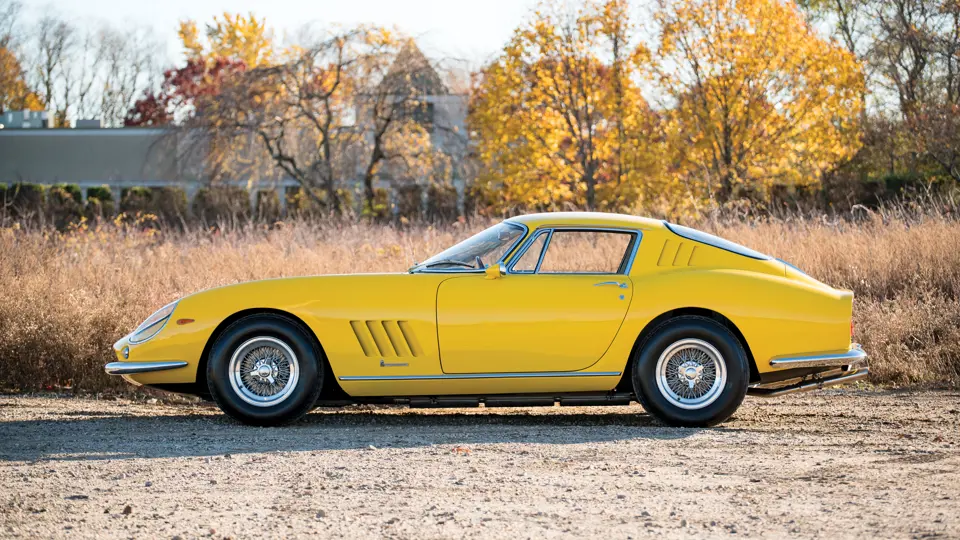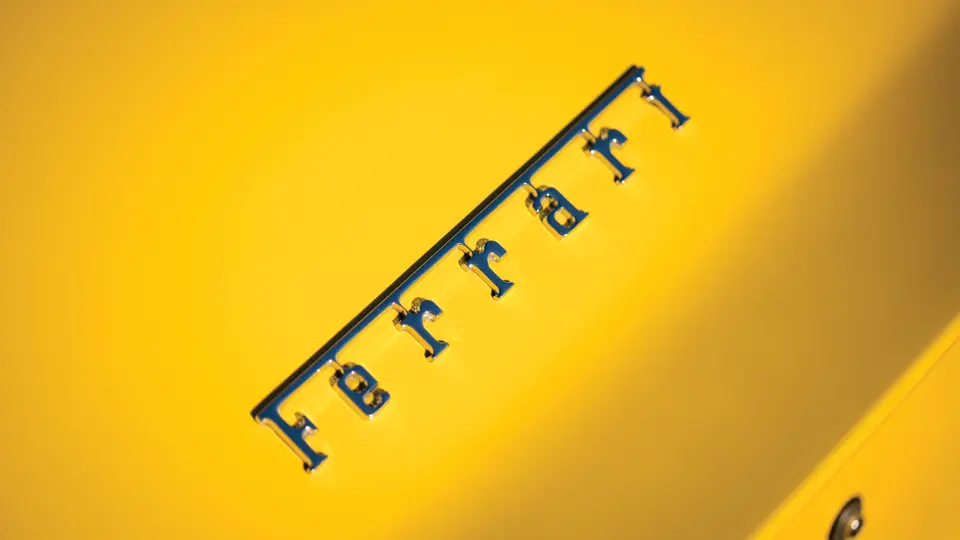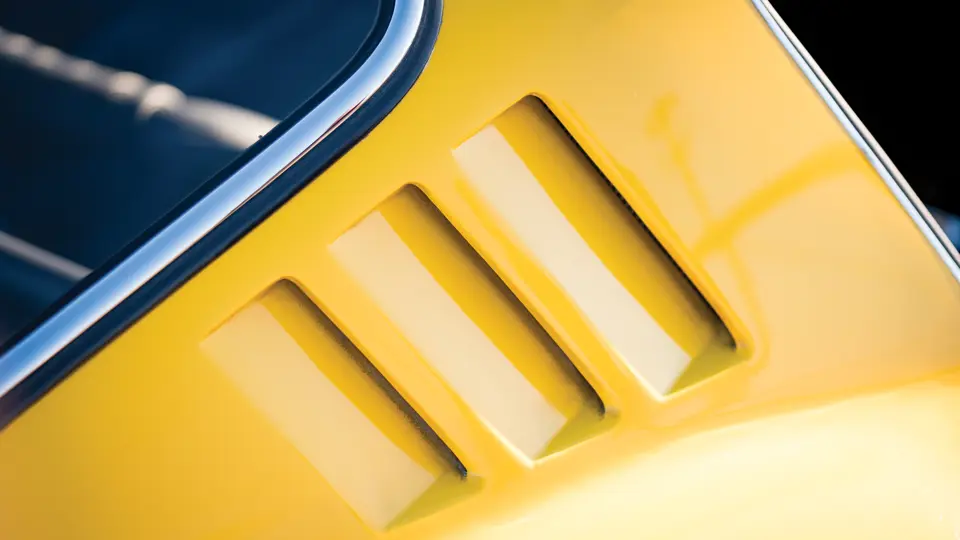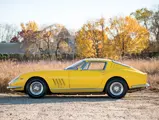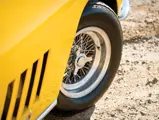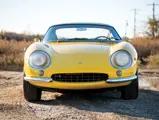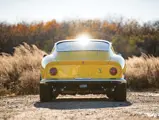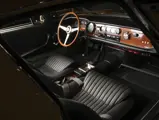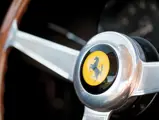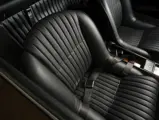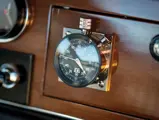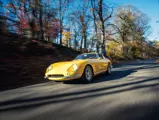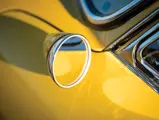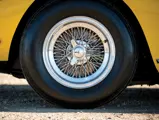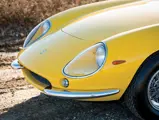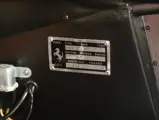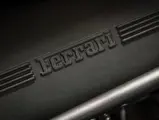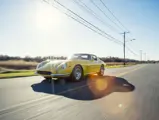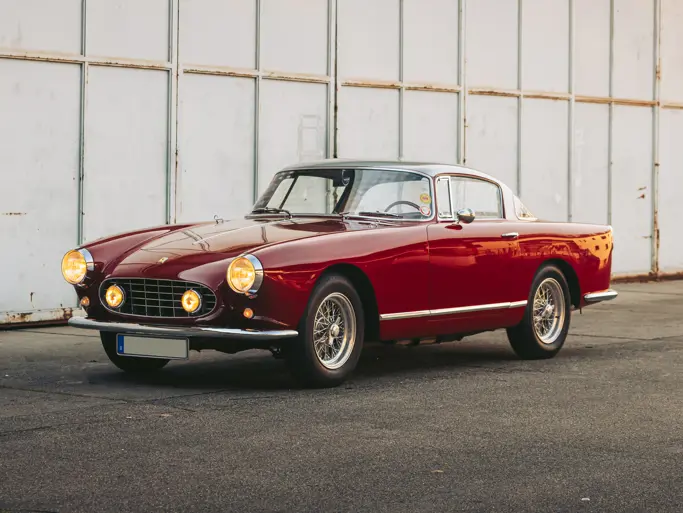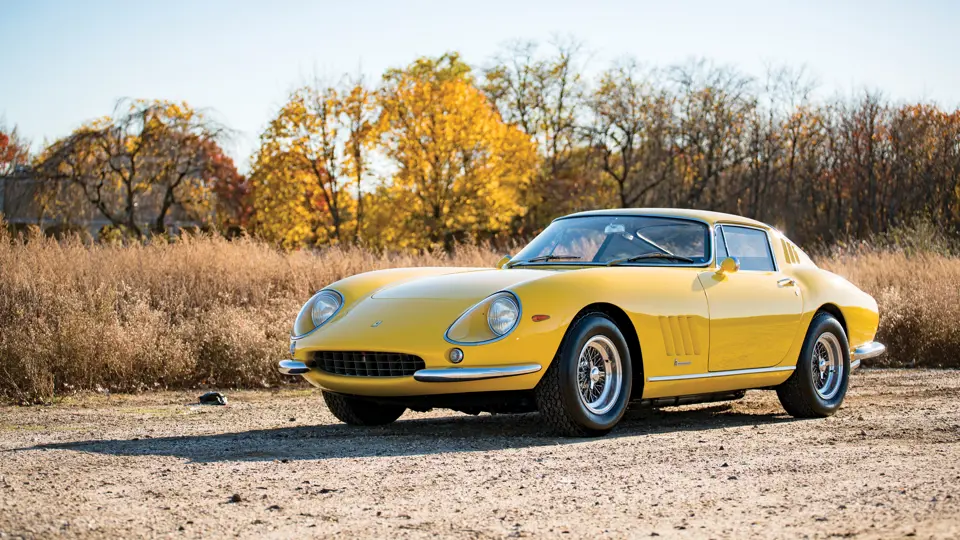
1966 Ferrari 275 GTB/6C by Scaglietti
{{lr.item.text}}
$2,117,500 USD | Sold
{{bidding.lot.reserveStatusFormatted}}
- Factory long-nose, torque-tube, six-carburetor example
- Longtime original ownership by FCA stalwart John Egan
- Believed to have 21,000 original miles and four private owners from new
- Matching-numbers original engine
- Original jack, tools, and books; comprehensive history file
305 bhp, 3,286 cc V-12 engine with six Weber dual-choke carburetors, five-speed manual transaxle, four-wheel independent suspension with upper and lower wishbones, coil springs, and tubular shocks; and four-wheel disc brakes. Wheelbase: 94.5 in.
THE 275 GT BERLINETTA
The 275 GTB was formally introduced as the replacement for the aging 250 series of Ferraris in September 1964 at the Paris Auto Show, alongside its drop-top sibling, the 275 GTS. The 275 GTB was developed under the watchful eye of Enzo Ferrari and was inarguably more purposeful than the gorgeous 250 GT/L Berlinetta Lusso it replaced. “Il Commendatore” undoubtedly wanted to ensure that his next Grand Touring Berlinetta was more captivating in every way than his last. With its iconic design by Pininfarina and coachwork by Scaglietti, the new GTB incorporated a number of improvements over its predecessors, making it by far the best Ferrari grand tourer yet.
At its heart was a 3.3-liter Colombo V-12 with a lower overall height than the earlier 3.0-liter V-12, in an effort to give it a lower center of gravity. The 275 GTB also boasted four-wheel independent suspension and a rear-mounted five-speed transaxle gearbox, resulting in near-perfect 50/50 weight distribution front to rear. The greatly improved power and handling was nothing short of incredible for its time, with a sprint from 0–60 mph in just over six seconds, leading the car to a top speed of 160 mph—impressive figures even by today’s standards—while the advanced driving dynamics delighted the senses.
Customers could upgrade the standard specification when ordering their 275 GTB, as was common with specialist manufacturers such as Ferrari. The performance option was the replacement of the car’s standard triple Weber carburetors with six Weber carburetors. A few very dedicated customers ordered theirs with the substitution of the standard steel coachwork with a competition-developed lightweight aluminum body.
Like other Ferrari production cars, the 275 GTB was adapted and updated over the course of its production run in an effort to improve the overall drivability and reliability. The two most important changes to the 275 GTB during its lifespan were the introduction of the “long-nose” bodywork and the installation of a torque tube. First, the 275 GTB’s front was lengthened in an effort to eliminate the high-speed lift characteristics of the initial style. In early 1966, a torque tube was added to further improve the stability and durability of the drivetrain. When the 275 GTB/4 was introduced, all 275 GTBs leaving the factory were fitted with both the long-nose and torque-tube updates, validating the successful execution of these important upgrades for drivability.
CHASSIS NUMBER 08431
The example offered here, chassis number 08431, is one of those late-production long-nose, torque-tube examples, and even more rare and desirable in having been built with six alloy carburetors by the factory, the most powerful available road-going engine configuration. Originally finished, as today, in Giallo Fly over Nero, it was completed by the factory in April 1966 and delivered thereafter through Luigi Chinetti Motors of Greenwich, Connecticut.
Original owner John Egan at the time lived in New York, but in a lifetime of dedicated Ferrari enthusiasm would later relocate with this car to Michigan and North Carolina, holding on to the 275 GTB/6C all the while. It was mentioned in Prancing Horse number 15 (p. 12) and shown at several Ferrari Club of America meets, including at the annual meet at the Grosse Pointe Yacht Club near Detroit. In 1973 it won Best of Show at Grosse Pointe, displayed by Mrs. Jo Egan. Period photographs show it equipped with rather distinctive Cibie driving lights, mounted below the bumper.
Mr. Egan finally sold his beloved Ferrari in 1977 to John Levy of Arlington, Virginia, who passed it the following year to well-known Ron Spangler, of Prancing Horse Farm in Bel Air, Maryland. The car was exhibited at both the Prancing Horse Farm Meeting of 1980 and in 1981 at Al Turner’s Spring Party in Calverton, Maryland, before its sale in 1982 to Marc Tauber of Morristown, New Jersey. When Mr. Tauber offered it for sale later that year, he described it as “as close as you will ever come” to owning a new 275 GTB, as the car had 9,600 miles and remained in original condition, and “virtually brand new in every respect.”
Jim Wickstead of Cedar Knolls, New Jersey, answered that ad, buying the car in December 1982. He would retain ownership of it for 15 years before passing it to the current owner, who oversaw restoration of all mechanical and structural systems, including rebuilding the engine and upgrading the suspension and brakes, to improve performance and safety, and “to drive it as it was originally intended . . . fast!”
The owner notes that he believes much of the Giallo Fly finish is still factory paint, with the exception only of touch-ups above the radiator opening and the top of the front clip, performed by noted New Jersey restorer Steve Babinsky after a previous owner’s telescope fell on the nose. In fact, much of Mr. Tauber’s claims of originality still hold true on this car, which is remarkably preserved and now records 21,000 miles, a figure believed original; it is powered by its original engine. The interior is still in splendid condition, and the original tools, jack, and books are still accompanying the car, along with a comprehensive history file. In addition, the consignor is supplying the original alloy wheels fitted to the car during Mr. Egan’s original ownership, with the original CN36 tires mounted.
Any 275 GTB/6C is a rare prancing horse, indeed, but few survivors have such excellent originality and clean, “no stories” ownership history. Indeed, chassis number 08431 retains the same well-preserved charm, finishes, and equipment that it wore when delivered to John Egan, and that were familiar to all who knew its winning ways along Lake St. Clair half a century ago. Long-loved, it awaits a new caretaker who will drive, enjoy, and preserve it, as its condition and quality deserves.

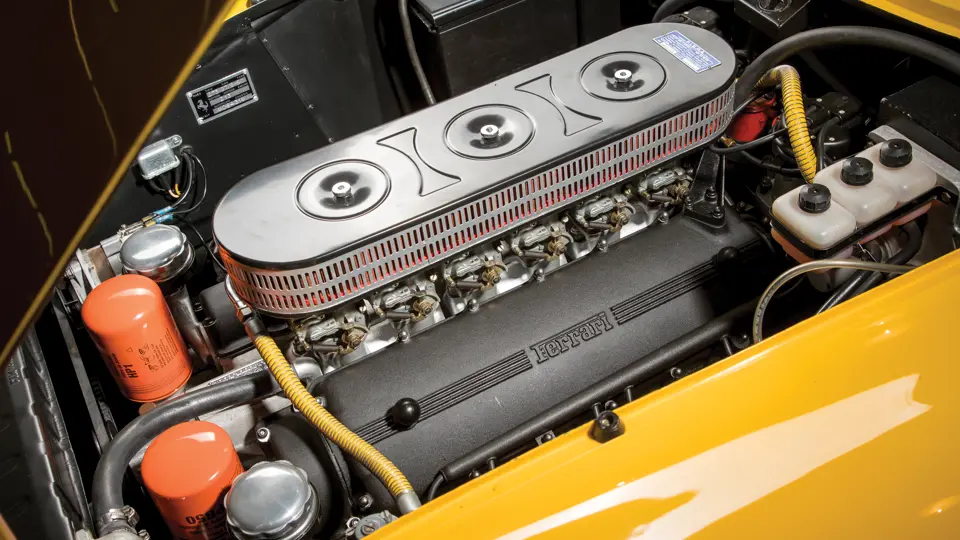


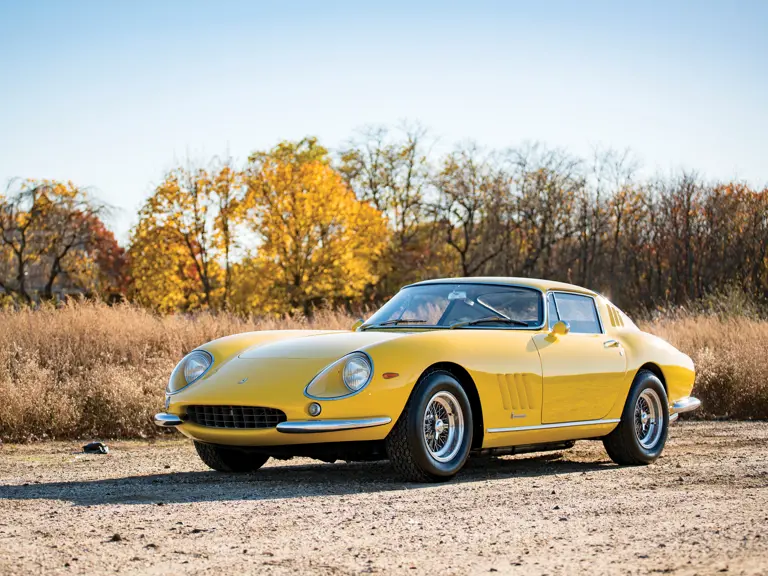
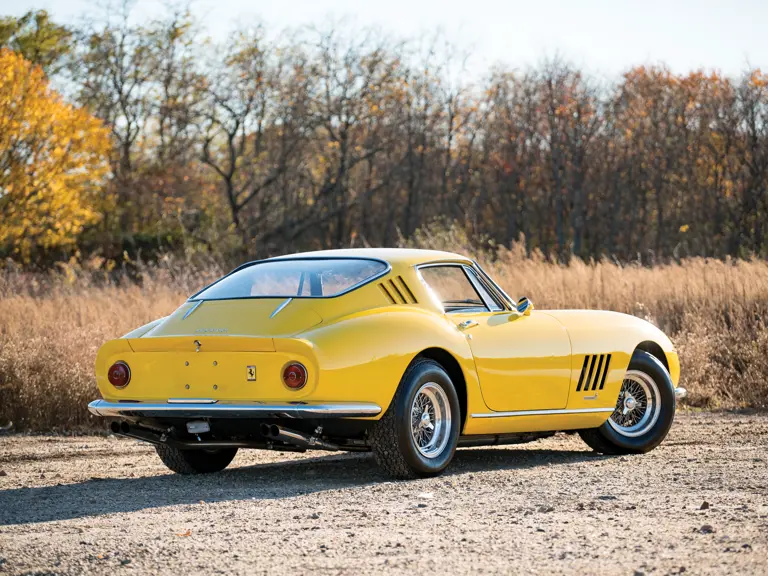
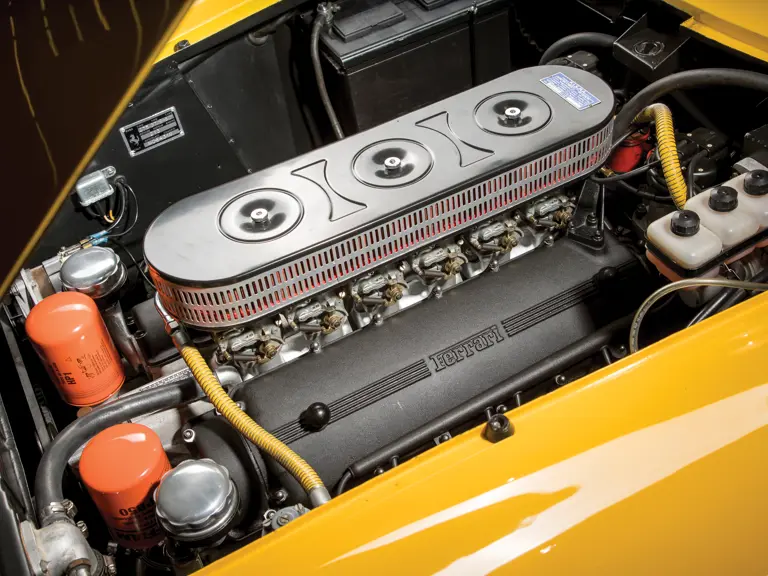

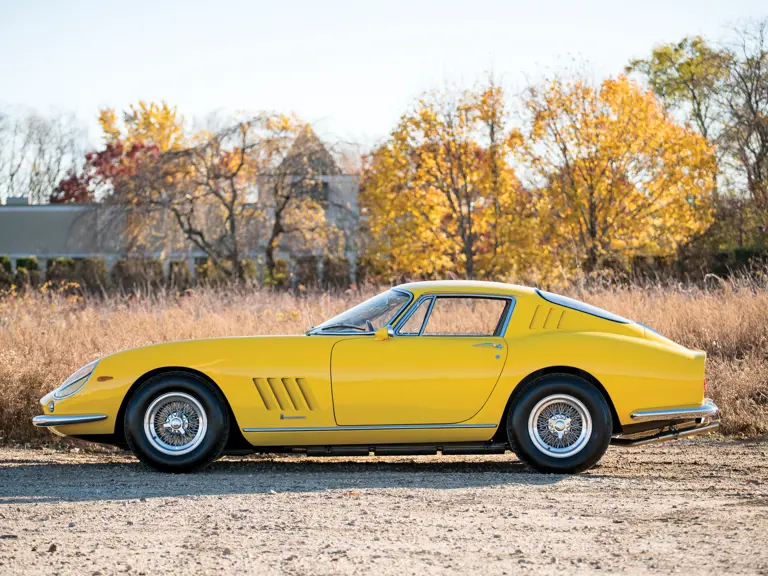
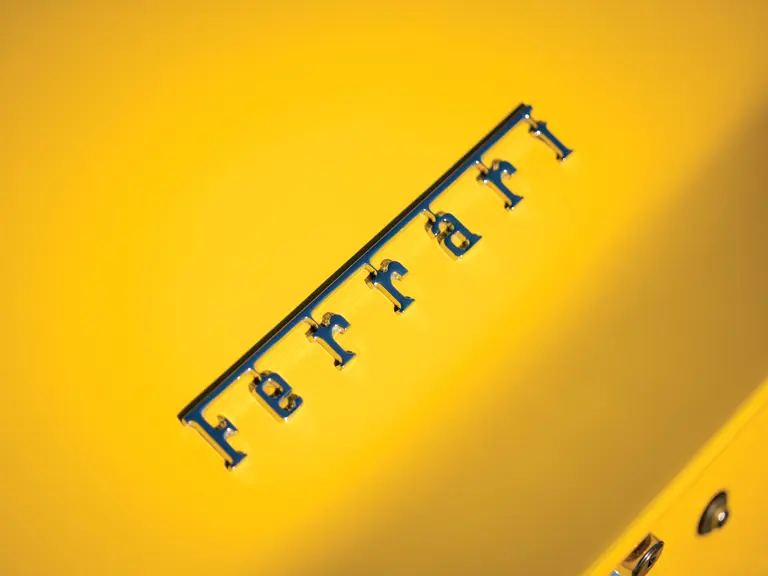
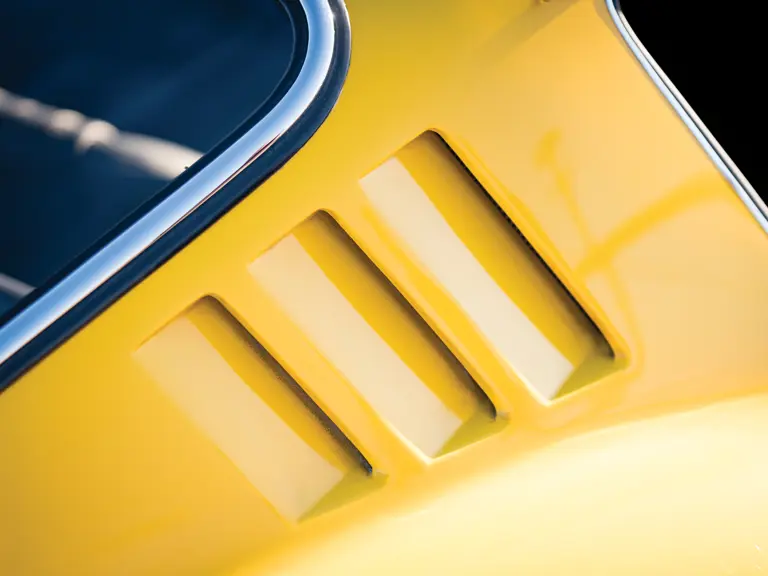
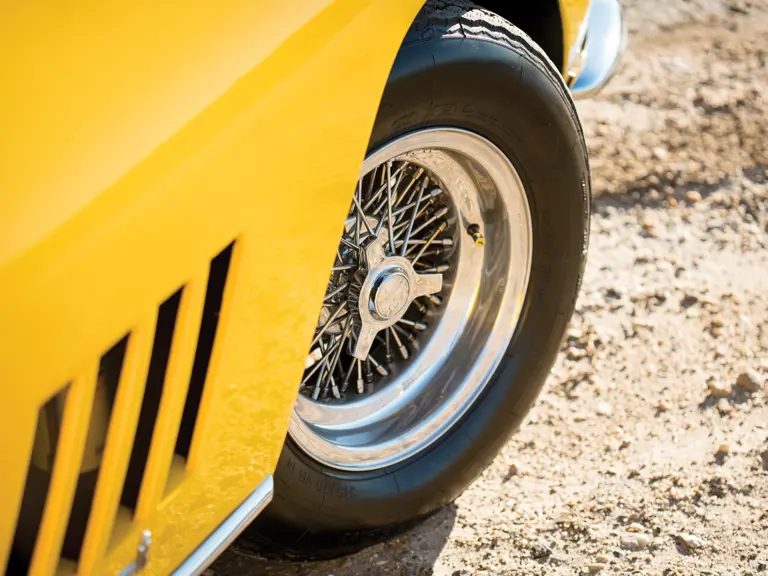
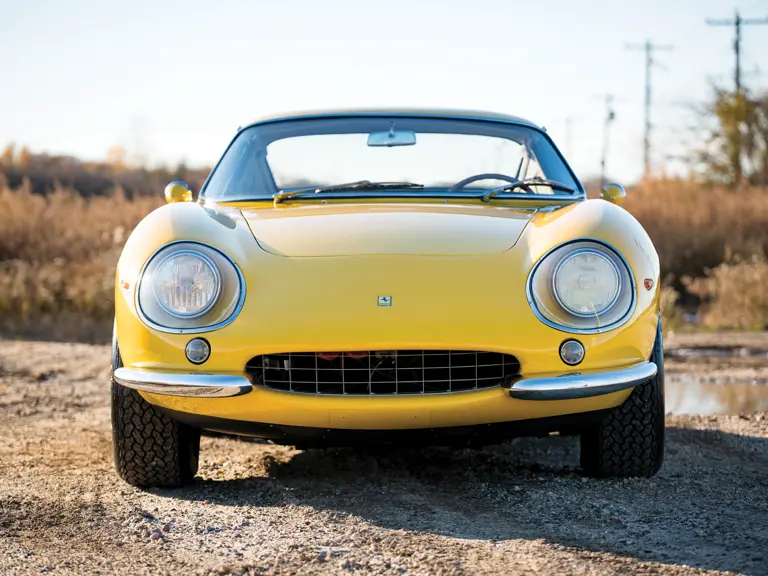
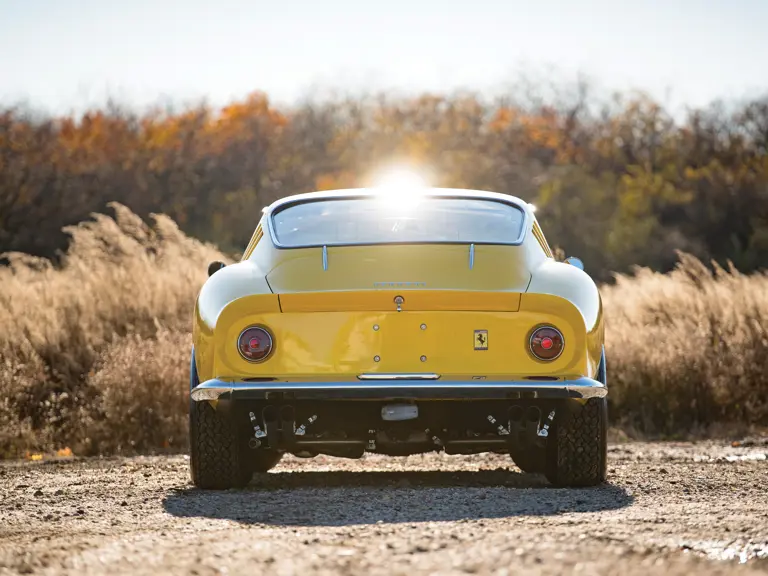
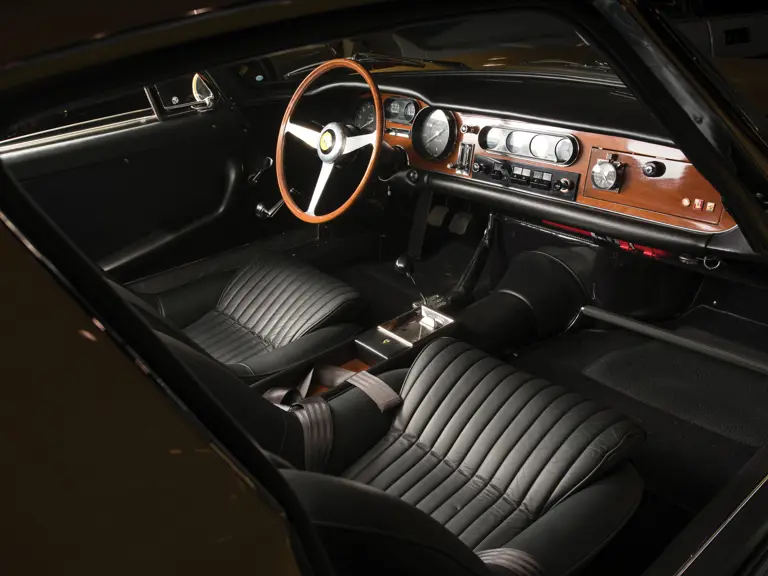
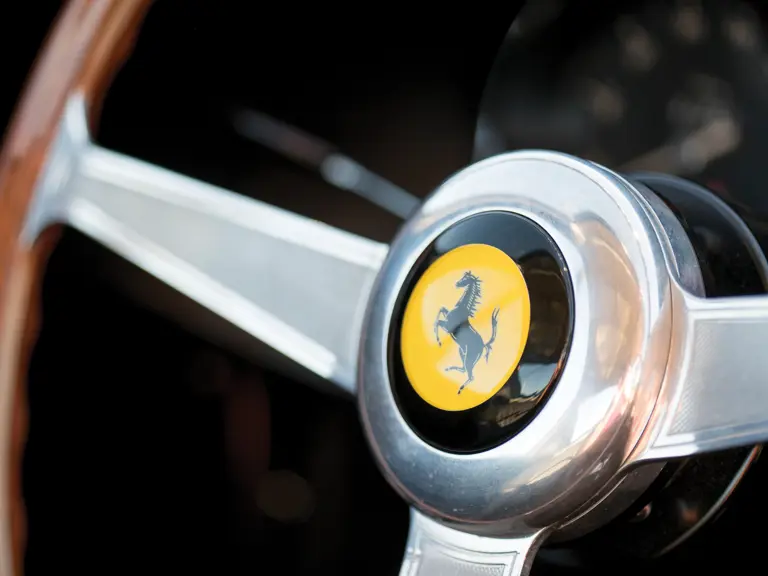
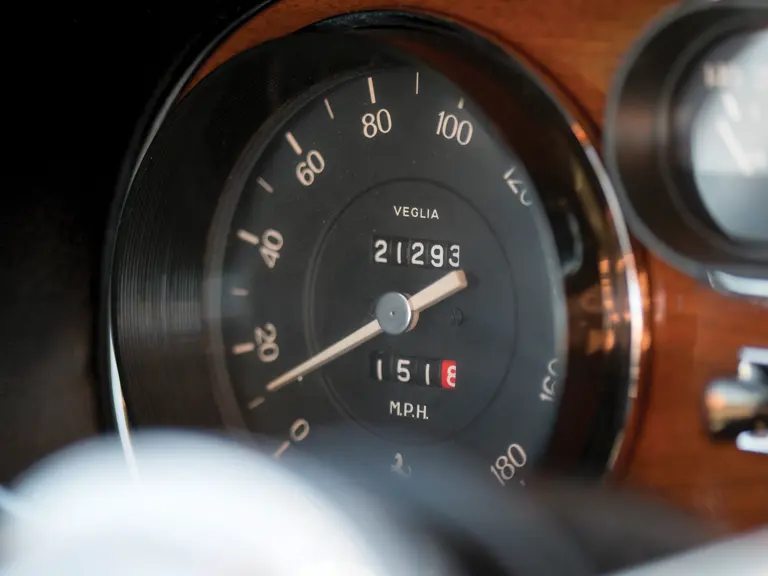
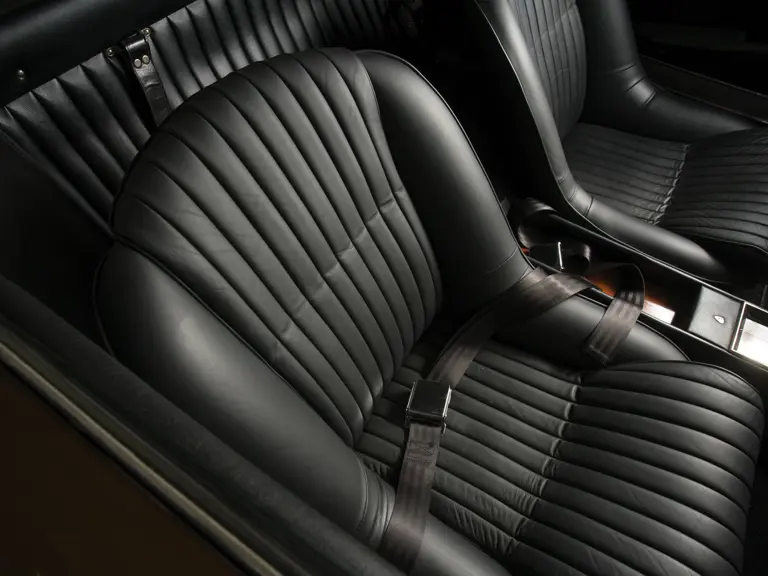
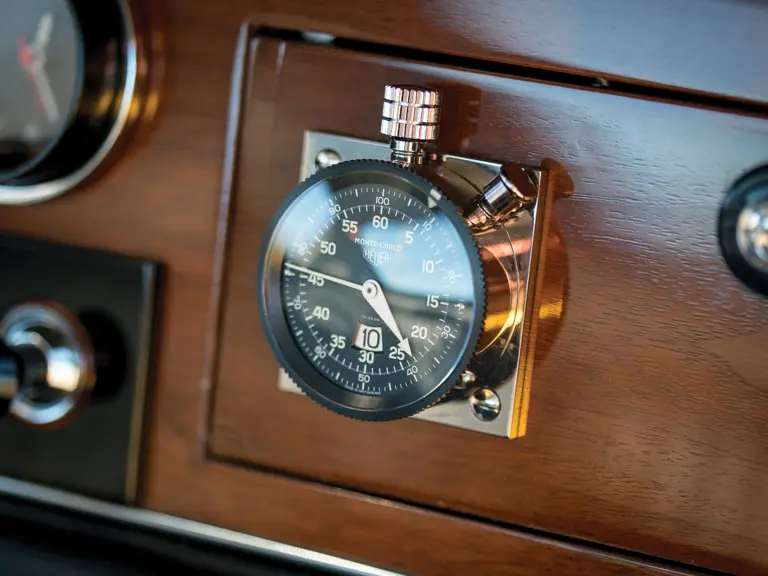
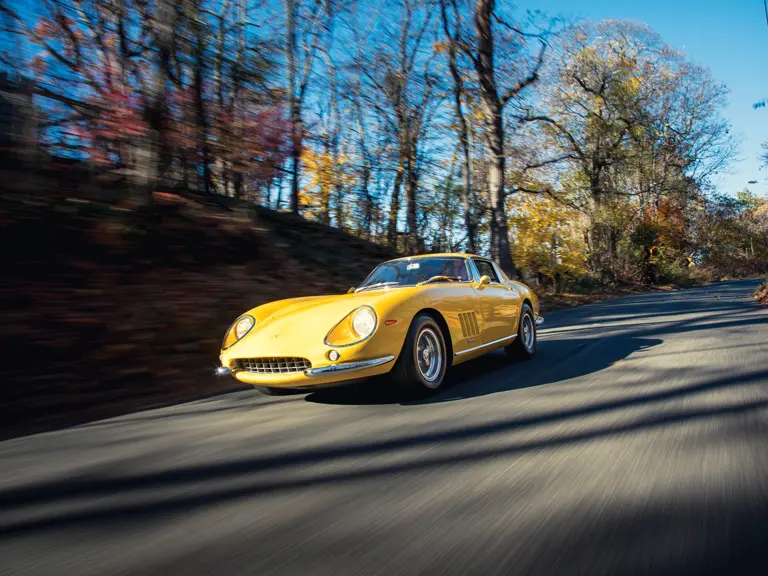
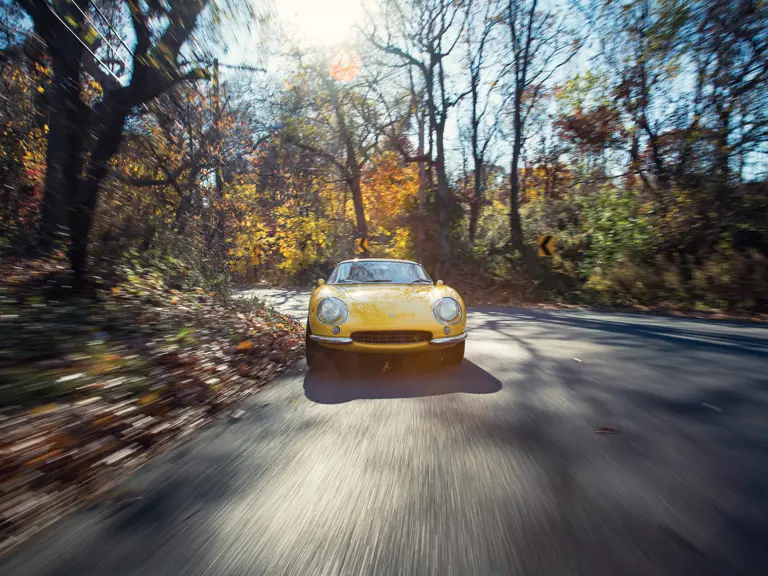
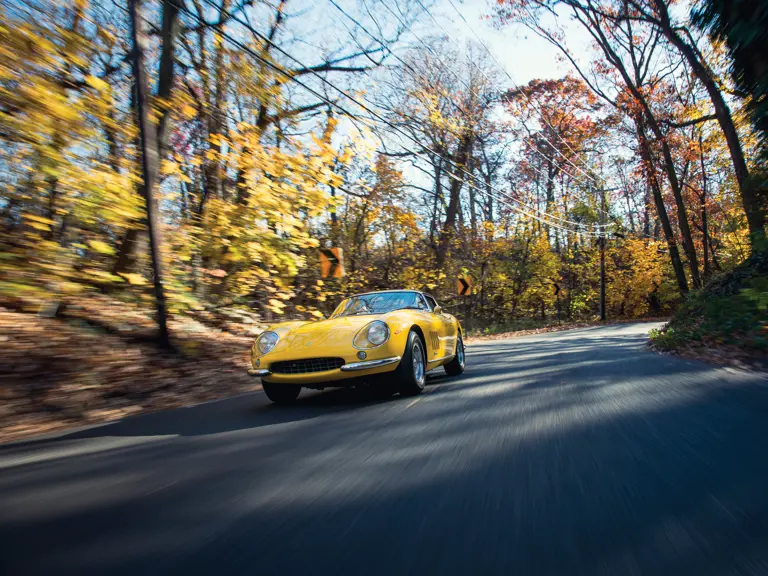


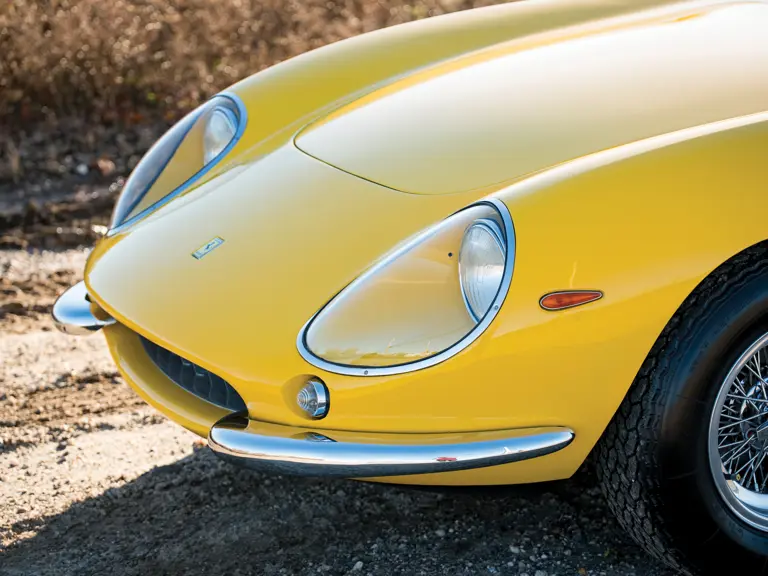
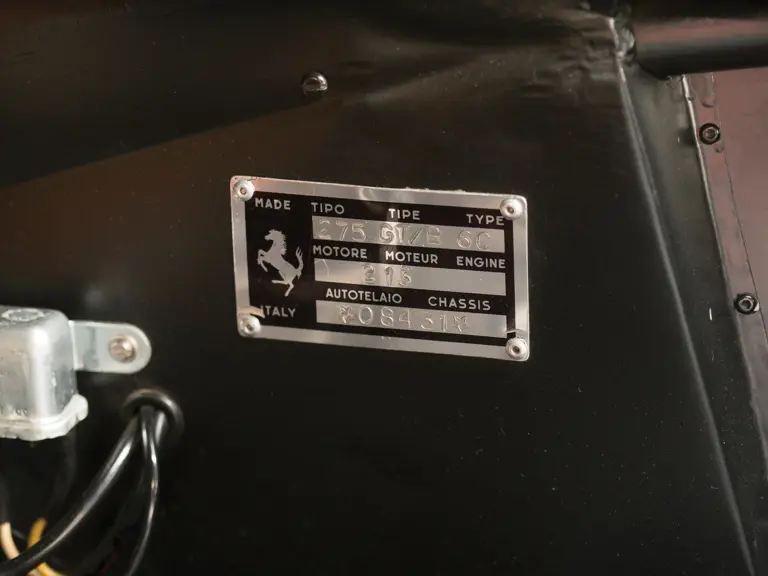
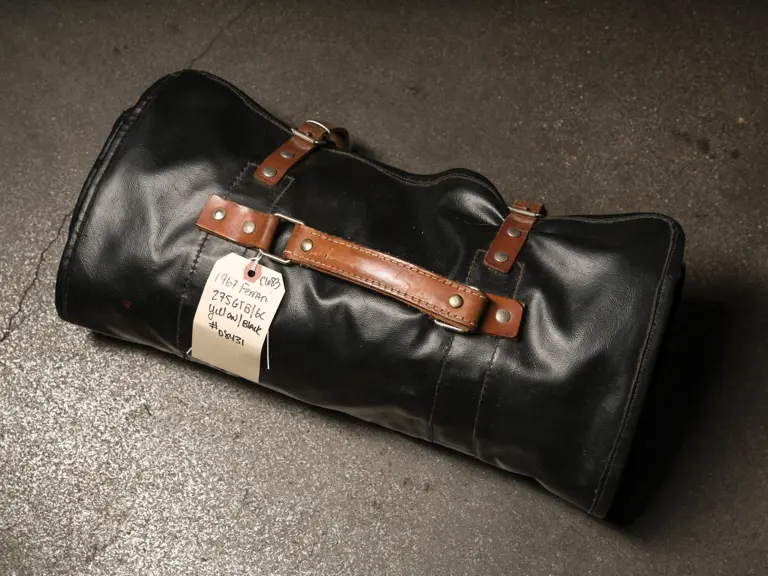

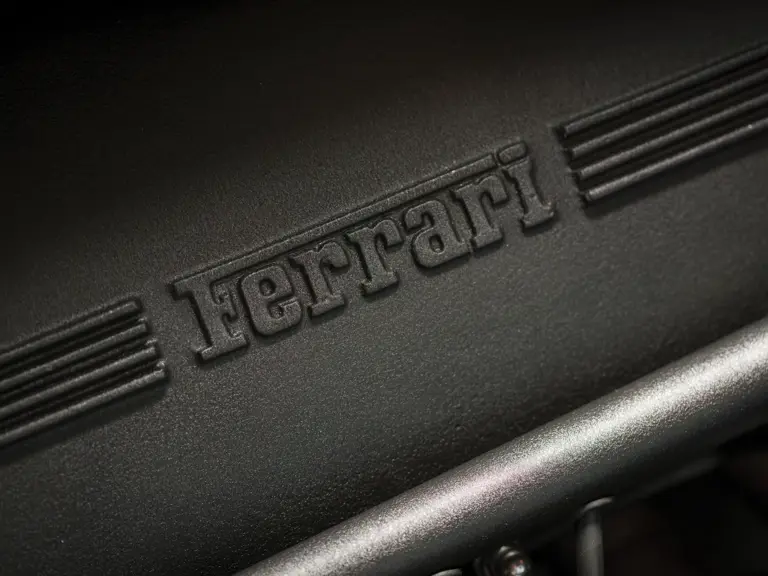
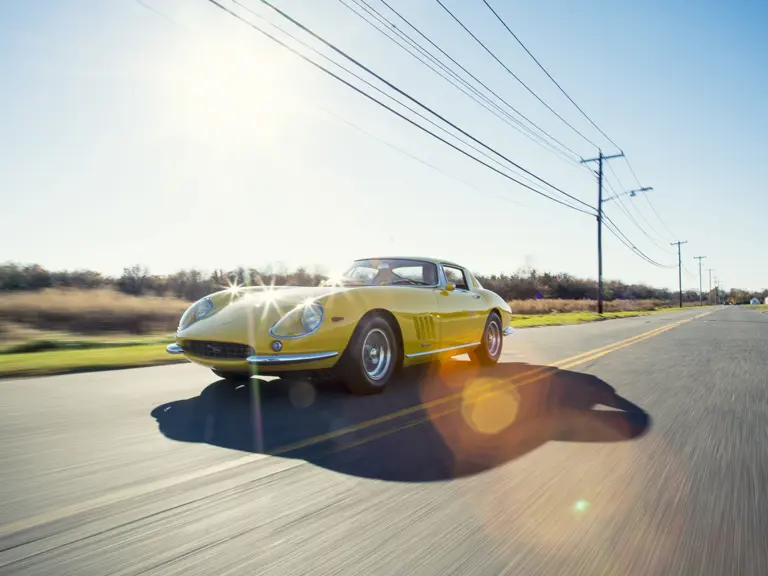
 | Phoenix, Arizona
| Phoenix, Arizona
